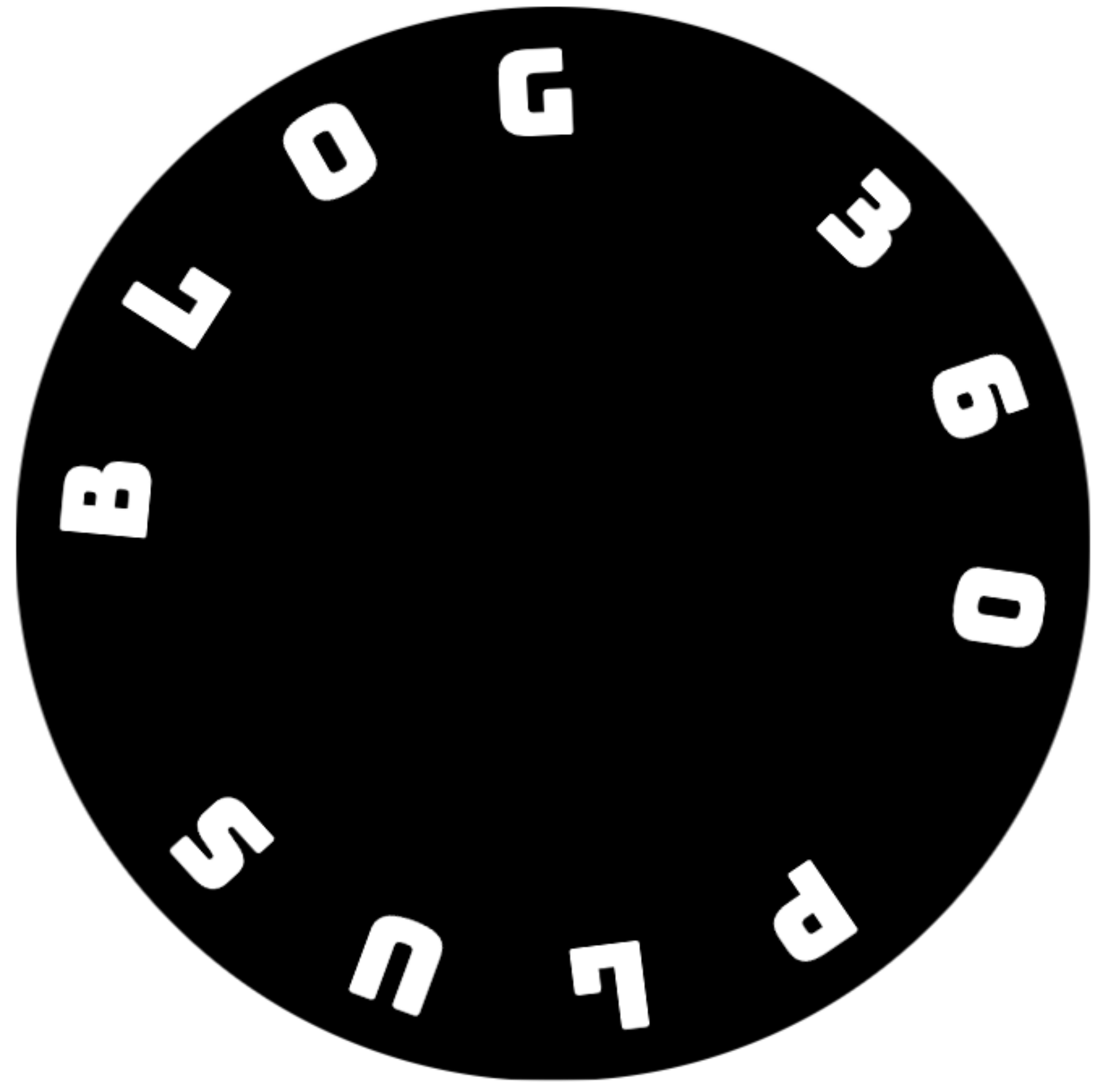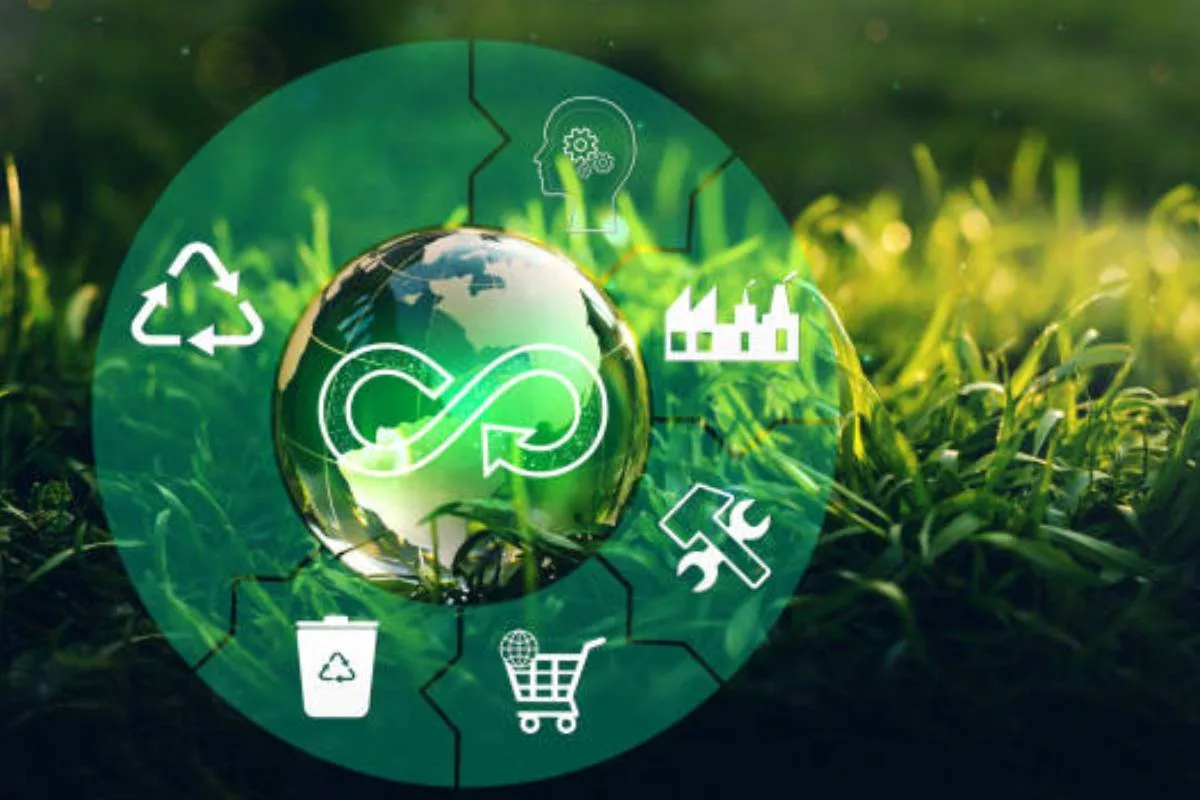The product life cycle refers to the six stages a product goes through during its existence, from development to decline. Business owners and marketers use the product life cycle to make crucial decisions and strategies on advertising budgets, product prices, and packaging.
Phases Of The Products Life Cycle
Following are the various phases in the life cycle of a product
- Development
- Introduction
- Growth
- Maturity
- Saturation
- Decline
Lets study and understand each of these in detail
1. Development
Prior to a product being released on the market, research is conducted during the development stage of the product life cycle. Companies use this time to recruit investors, create prototypes, evaluate their products, and plan their debut.
Due to the fact that the product isn’t yet being sold, businesses frequently spend a lot of money during this phase without realising any profits.
Depending on the product’s complexity, how new it is, and the level of competition, this period may span a long time. The development phase of a brand-new product is particularly challenging because early iterations of products are frequently less effective than later iterations.
2. Introduction
The introduction stage is when a product is launched in the marketplace. At this point, marketing departments start identifying potential clients and spreading product awareness. A product’s first sales are often low, and demand increases gradually.
Marketers concentrate on advertising and marketing efforts during this time. They also try different distribution methods and promote their products and brands.
3. Growth
The product has gained market acceptance during the expansion stage, and clients are starting to really buy in. This indicates that both demand and profitability are increasing, ideally at a steady and quick rate.
The market for the product is growing and competition is starting to emerge during the growth stage. Potential rivals will notice your achievement and seek in.
4. Maturity
When sales reach their maturity stage, they start to slow down after a period of strong expansion. At this stage, businesses start lowering their prices in an effort to remain competitive against the escalating competition.
During this stage, a company starts to improve its efficiency and learn from its errors from the launch and growth phases. Typically, marketing strategies prioritise differentiation above awareness. This means that product features might be upgraded, pricing might be cut, and distribution becomes more intensive.
Products start to move into the most lucrative stage as they mature. While sales are rising, production costs are falling.
5. Saturation
During the product saturation stage, rivals have started to take market share, and sales of the products won’t increase or decrease.
The majority of people typically use a product at this point, however there are numerous rival businesses. In order to avoid moving into the decline stage at this point, you want your product to overtake the competition.
6. Decline
Sadly, you will often see a fall if your product doesn’t establish itself as the top brand in a given area. Sales will decline as a result of the intense rivalry, which is challenging to overcome.
If a business is in this situation, it will either cease its product, sell the business, innovate and improve the product in some other way, or both.
Conclusion
Whether you’re producing a brand new product or working with a mature, well-established brand, you may utilise the product life cycle stages as a roadmap for your marketing initiatives.
Each step will define how you inform your audience about the product, how you position your brand in the marketplace, and how you decide to continue forward after the decline stage.
You can invest in more effective marketing initiatives with a higher return on investment by keeping in mind the life cycle of your product.
Also Read https://blog360plus.com/2022/12/09/utilizing-web3-t…nable-businesses/

